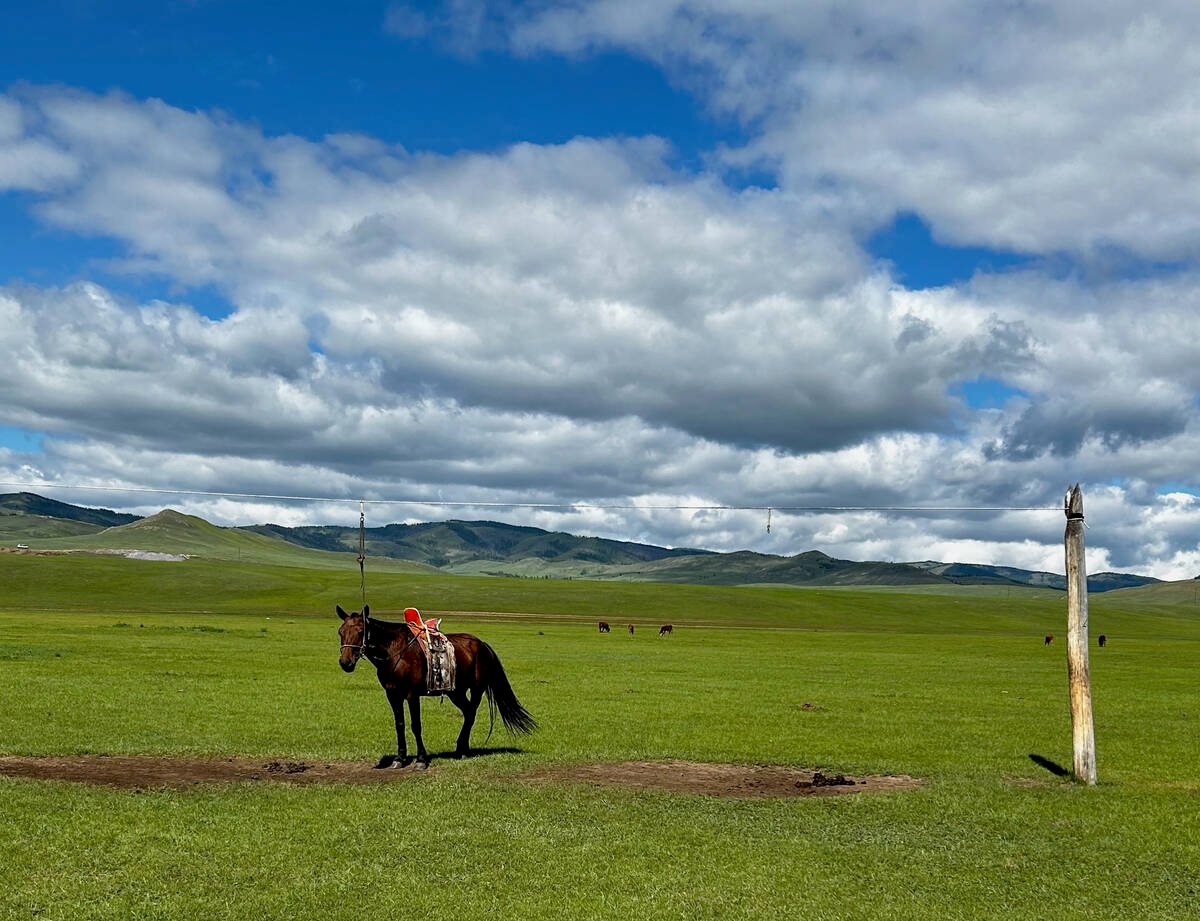Saskatchewan Pulse Growers says it is time for producers to consider ramping up chickpea production.
The heyday for chickpeas was 2001 when the province’s growers planted 1.1 million acres.
It was a disaster because farmers struggled during the growing season to fend off ascochyta blight and then faced plummeting prices following harvest due to overproduction.
Chickpea acres tailed off markedly in subsequent years and have never recovered. Farmers planted 160,000 acres last year, which is equal to the five-year average.
SaskPulse would like to see double the acres over the next few years because growers need more pulse options in their rotations.
Read Also

University of Saskatchewan experts helping ‘herders’ in Mongolia
The Canadian government and the University of Saskatchewan are part of a $10 million project trying to help Mongolian farmers modernize their practices.
Pea and lentil acres have exploded. Agriculture Canada is forecasting 4.2 million acres of peas and 5.6 million acres of lentils in 2017.
The intensification in rotations of those two pulse crops has led to the spread of root rot diseases. Aphanomyces is the most virulent type, and peas and lentils are highly susceptible to it. Chickpeas, on the other hand, are resistant.
“That’s why we’re interested in expanding the footprint of chickpea production,” said Carl Potts, executive director of SaskPulse.
Chickpeas have their own history of disease problems, but Potts said breeders have made significant advancements over the last decade in creating varieties that have good built-in disease tolerance.
The University of Saskatchewan’s Crop Development Centre has also developed a line of chickpeas that is naturally tolerant to imidazolinone-based herbicides, similar to the Clearfield trait in lentils.
Imi-tolerant chickpeas could be available to select seed growers as soon as next year.
The United States is now the largest market because of burgeoning demand for the product in snack foods and hummus.
“We’re not as reliant on markets that are so far away and markets that are very, very price sensitive,” said Potts.















